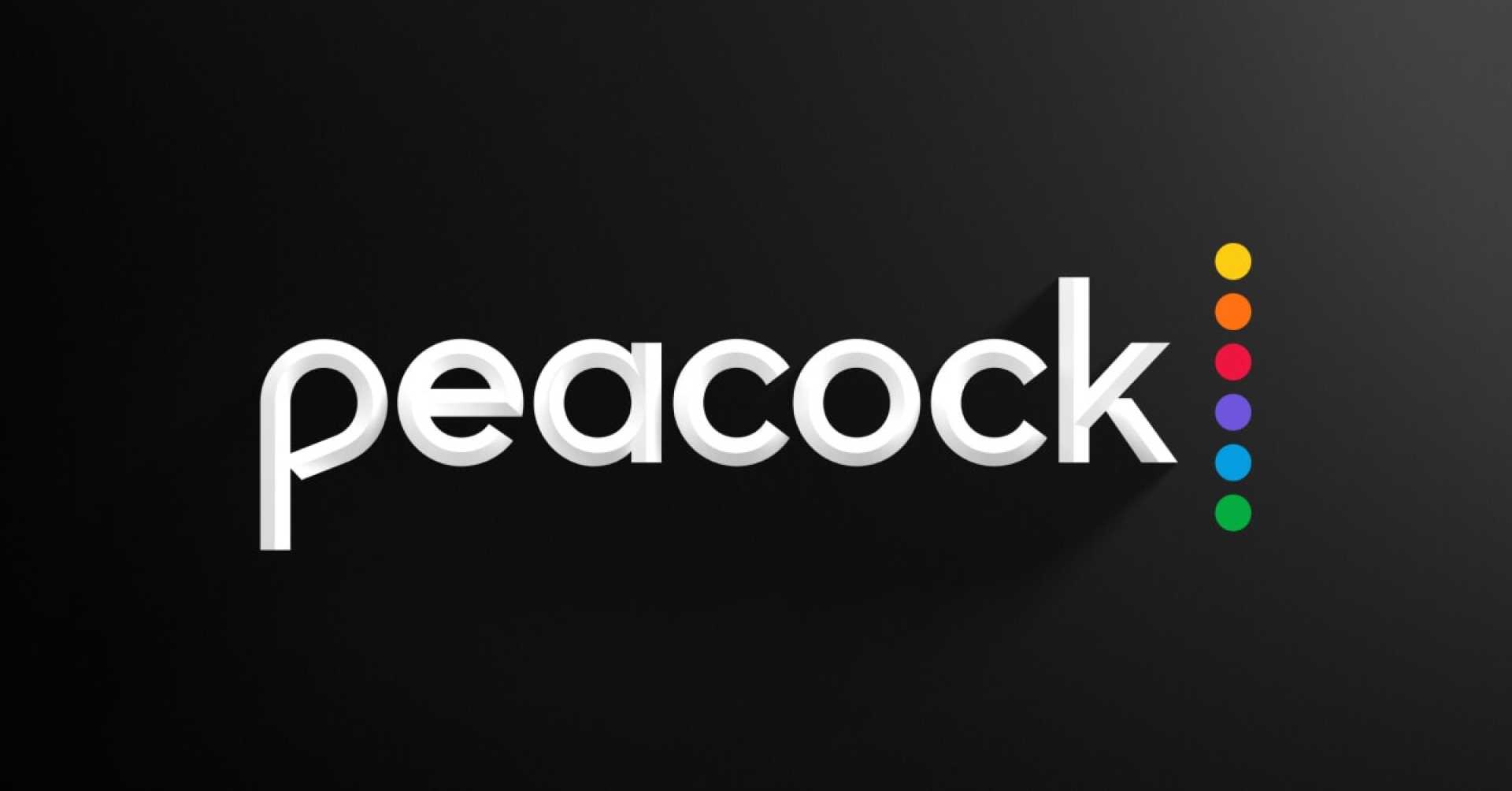Entertainment
Peacock TV Disrupts Streaming with Unique Model and Global Reach

NEW YORK, NY — Over the past decade, the television and digital media landscape has experienced a dramatic transformation, shifting from traditional network schedules and cable packages to a more flexible digital model driven by on-demand content and sophisticated algorithms. Amidst this evolution, Peacock TV has emerged as a key disruptor, significantly altering how audiences engage with both classic programming and original content.
Peacock, launched by NBCUniversal, offers a dynamic blend of legacy programs, live sports, and exclusive originals, making it a notable contender in today’s fragmented streaming market. As viewer demand grows for diverse and flexible viewing options, platforms like Peacock are not just influencing content trends; they are reshaping the future of programming.
The current streaming environment is saturated with major players like Netflix, Disney+, Hulu, and Prime Video. However, Peacock has carved out a niche by leveraging NBCUniversal’s extensive content library, which includes iconic shows like The Office, Parks and Recreation, Law & Order, and Saturday Night Live, while also heavily investing in original programming and live broadcasts.
What differentiates Peacock is its hybrid business model, offering a free tier supported by ads, as well as premium subscription options. This approach broadens accessibility for viewers wary of another monthly bill, making it an attractive option for a budget-conscious audience. “This model not only appeals to viewers but also provides content creators new opportunities for monetization without traditional paywalls,” said a spokesperson from NBCUniversal.
Peacock’s investment in live sports and events exemplifies a savvy business move in a binge-centric industry. The platform now holds streaming rights for Premier League matches, WWE content, and the Olympics, establishing itself as more than just a library of on-demand programming. This investment provides urgency and incentive for viewers—elements that have been traditionally lacking in streaming services.
Live sports coverage and timely programming entice audiences to return frequently, creating a blend of binge-worthy content and real-time events. This timing is critical in an industry that thrives on viewer engagement.
While predominantly targeting American audiences, international demand for Peacock TV is also on the rise, particularly in Canada, the UK, and Australia. NBCUniversal has begun integrating Peacock into Sky platforms across Europe, although access varies by region. This presents both challenges and significant opportunities in global content distribution.
“Viewers are increasingly seeking solutions to access their favorite shows regardless of geographical boundaries,” noted a media analyst. Many tech-savvy users are exploring tools and resources to access Peacock’s extensive library, similar to what guidebooks offer in navigating content options.
For programmers and content managers, the rise of Peacock emphasizes the importance of diversity, accessibility, and varied content. The traditional television model has typically operated within rigid borders, but digital platforms break down those barriers. The evolving media landscape reflects shared interests among audiences who prioritize compelling stories and innovative formats.
As streaming platforms proliferate and competition intensifies, the industry anticipates continual innovation in programming, audience engagement strategies, and content curation. From AI-driven content recommendations to user-generated feedback, the trajectory of streaming continues to evolve.
Peacock exemplifies this trend, combining nostalgic entertainment with original content and a unique business strategy. The landscape clearly indicates that there are multiple pathways to success in streaming while traditional TV principles retain their relevance when paired with digital adaptability.
Ultimately, the goal of this streaming revolution is not merely to supplant cable but to reimagine how programming is created, delivered, and consumed. Platforms such as Peacock TV illustrate that bold innovations in business models, global expansion strategies, and hybrid content offerings can lead to substantial rewards. For media professionals, the takeaway is that the future of television is global, flexible, and data-informed, granting viewers unprecedented autonomy over their viewing experiences.












